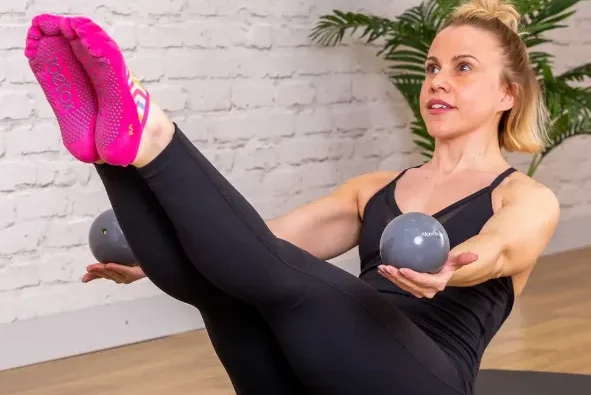
As we age, staying fit becomes more complex than simply lifting heavy or pushing through high-intensity workouts. With the amount of fitness advice available today, it can be overwhelming to decide what works best for your body—especially once you hit your forties. I know from experience that the strategies I used in my twenties and thirties no longer work as effectively at forty. That’s why I’ve adopted a different approach to fitness, focusing on principles that help maintain health, prevent injury, and promote long-term well-being.
If you’re in your forties or beyond, here are four principles that can guide your exercise routine for the best results.
1. Rethink Your Diet: Stop Eating for Mass Gain
In your younger years, bulking up might have been the goal, but after a certain age, the body no longer responds to extra calories in the same way. Instead of focusing on gaining muscle mass, it’s more beneficial to focus on maintaining a healthy weight and improving body composition. Overeating in an attempt to increase muscle mass often results in additional fat, which can place strain on your joints.
As you age, less weight can actually make your body feel better. Lighter weight is easier on your joints, which will become more important as you grow older. A clean diet filled with lean protein, plenty of vegetables, and fiber-rich foods will support your body’s needs without the added bulk. Don’t forget the importance of fiber—having a salad daily can go a long way in supporting digestive health.
2. Stretch More Than You Train
Stretching has become an essential part of my training routine, and it should be for anyone over forty. As we age, mobility becomes increasingly important to prevent injury and maintain functional movement. In fact, for every hour of intense exercise, you should aim to spend at least an hour on recovery work, such as stretching.
Regular stretching helps maintain range of motion, which is key to performing everyday activities and workouts effectively. The simple act of stretching resets your nervous system, helping to counterbalance the stress your body experiences during workouts. Stretching not only improves flexibility but also reduces the risk of injury, making it a vital part of a well-rounded fitness plan.
3. Incorporate Cardiovascular Exercise
After forty, one of the biggest health risks is cardiovascular disease, making it essential to prioritize heart health. Strength training alone isn’t enough to combat the dangers of a sedentary lifestyle. Regular aerobic exercise can enhance heart function, lower blood pressure, and help maintain a healthy weight.
It’s important to find a balance between lifting heavy and doing cardio. Cardio doesn’t need to be overly strenuous, but incorporating moderate aerobic activity—whether it’s walking, running, cycling, or swimming—into your routine will help maintain overall cardiovascular health. Just as stretching helps with recovery, aerobic exercise helps your body handle the physical stress of intense training.
4. Avoid Excessive Compressive Lifts
As we age, our bodies become less resilient to high-impact and compressive exercises, such as heavy deadlifts and squats. While these lifts are excellent for building strength, performing them regularly in your forties (and beyond) can lead to wear and tear on your joints, especially your spine and knees.
It’s wise to limit heavy squats and deadlifts and consider lighter alternatives that still activate the same muscle groups, such as kettlebell swings or goblet squats. While strength training remains an essential part of fitness, adjusting your approach to avoid excessive joint stress will keep you injury-free. Don’t be afraid to take lighter days—taking it easy occasionally will prevent long-term injuries and keep you training consistently.
Focus on Health, Not Just Performance
The overarching goal in your forties should be health rather than performance. Instead of pushing to lift more or run faster, focus on maintaining a balanced routine that supports your long-term health. This means eating clean, stretching regularly, prioritizing cardio, and training in a way that keeps your joints and muscles strong and injury-free.
Personally, my goal is to maintain the same level of fitness at fifty as I have at forty—and at sixty, I want to be just as active. With a sustainable, moderate approach, I’m confident that I’ll reach that goal. Prioritizing health over performance ensures that you can stay active and enjoy a quality life for many years to come.












